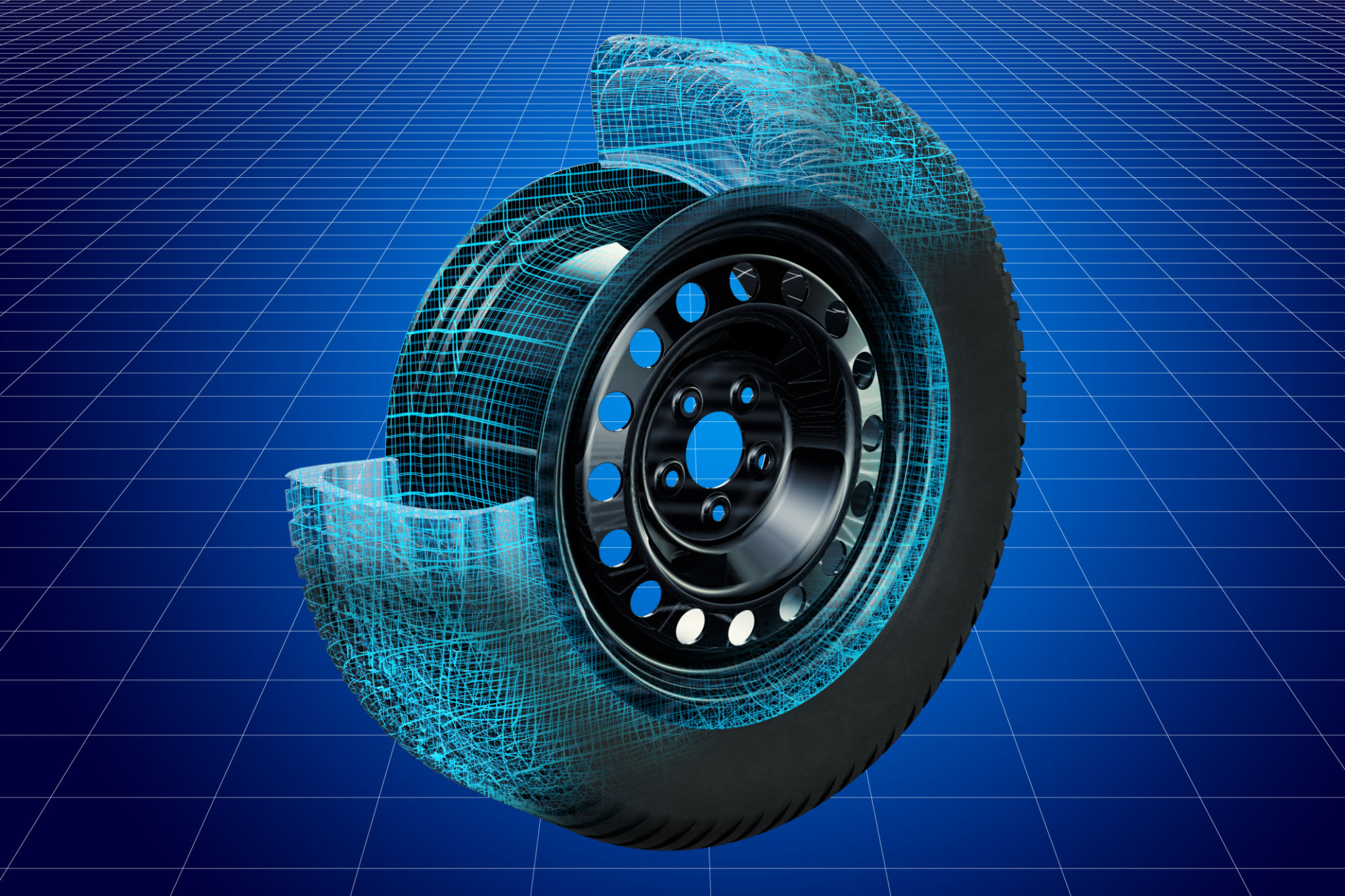Expert Insights: The Future of Tire Distribution in the Middle East and Africa
Understanding the Current Landscape
The tire distribution industry in the Middle East and Africa (MEA) is at a pivotal juncture. With a rapidly growing population and increasing urbanization, the demand for tires is escalating. Currently, the distribution networks are adapting to meet these demands, but there are challenges related to logistics, infrastructure, and market fragmentation.

Challenges in Logistics and Infrastructure
One of the significant hurdles in the MEA region is the underdeveloped infrastructure. Many areas lack the road networks necessary for efficient tire distribution. Additionally, cross-border trade can be cumbersome due to varying regulations and tariffs. This creates bottlenecks and delays, impacting the overall efficiency of supply chains.
Furthermore, the geographical diversity of the region means that distributors must navigate deserts, mountains, and urban centers, each presenting unique logistical challenges. Investments in infrastructure are crucial to overcoming these barriers and ensuring a seamless distribution process.
The Rise of Digitalization
Digital transformation is reshaping the tire distribution landscape. Technologies such as blockchain, artificial intelligence, and IoT are being increasingly adopted to streamline operations. These technologies facilitate better inventory management, enhance transparency in supply chains, and optimize route planning.

The Role of E-commerce
With the rise of digital platforms, e-commerce is becoming a vital component of tire distribution in the MEA region. Consumers are increasingly turning to online platforms for convenience and a wider range of choices. This shift necessitates that traditional distributors adapt to digital sales channels or risk losing market share.
Developing robust online platforms that cater to both B2B and B2C customers is essential. These platforms not only enhance customer reach but also provide valuable data insights that can be leveraged for better market understanding.
Sustainability and Environmental Considerations
As environmental concerns grow globally, the tire industry in the MEA region is also under pressure to adopt sustainable practices. This includes sourcing eco-friendly materials, promoting tire recycling initiatives, and reducing carbon footprints in distribution processes.

Innovations in Tire Design
There is also a shift towards innovative tire designs that enhance durability and performance while being environmentally friendly. These advancements are not only beneficial for consumers but also present new opportunities for distributors to differentiate themselves in a competitive market.
Future Trends and Opportunities
The future of tire distribution in the MEA region looks promising, with several emerging trends creating new opportunities. The rise of electric vehicles (EVs) is one such trend that will drive demand for specialized tires, opening new avenues for growth.
Adapting to Changing Consumer Preferences
Distributors must stay attuned to changing consumer preferences, particularly among younger demographics who prioritize sustainability and convenience. By aligning strategies with these preferences, businesses can capture a larger share of the market and ensure long-term success.
In conclusion, while there are challenges to overcome, the future of tire distribution in the Middle East and Africa offers immense potential for growth. Embracing technological advancements, prioritizing sustainability, and adapting to consumer trends will be key drivers of success in this evolving landscape.

